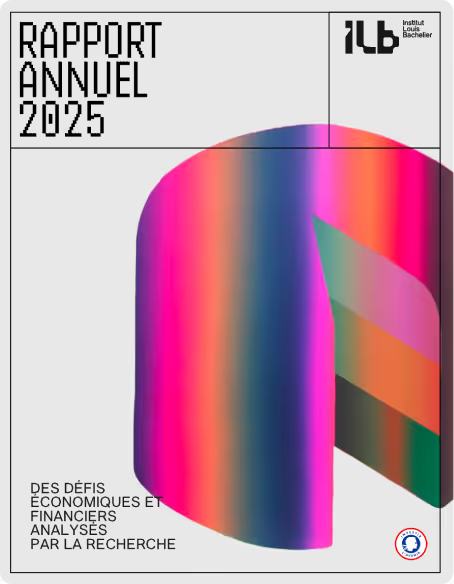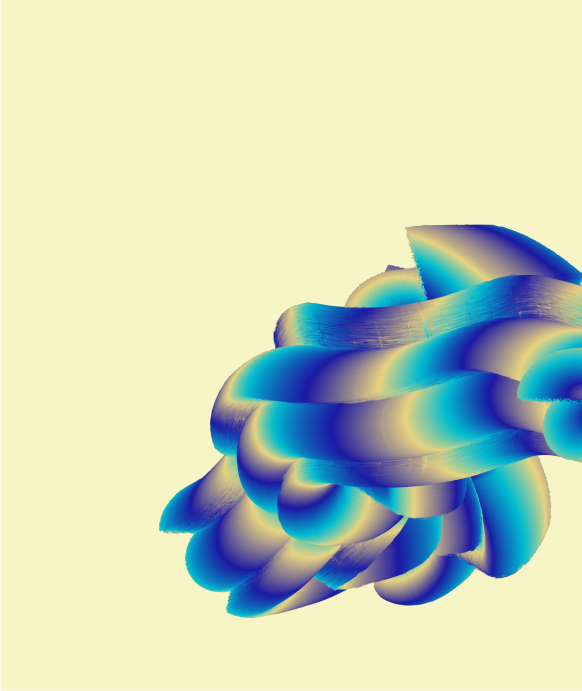
Institut
Louis
Bachelier
Louis
Bachelier

“L’ILB aligne excellence scientifique et défis du réel”
Programmes de recherche
Investissement d’avenir
Le centre d'excellence en recherche financière, innovation et expertise.
“L’Institut est la maison de tous ceux qui pensent que le capital humain français est un bien précieux”

Jean-Michel Beacco
Directeur général de l’Institut Louis Bachelier Professeur associé à l’Université Paris Dauphine
+400 chercheurs
.
90 entreprises
.
60 chaires de recherche
.
33 institutions académiques
.
+400 chercheurs
.
90 entreprises
.
60 chaires de recherche
.
33 institutions académiques
.

Institut
Louis
Bachelier
Louis
Bachelier

“L’ILB aligne excellence scientifique et défis du réel”
Fondation du Risque
Institut Europlace Finance
Labs de recherche appliquée
Programmes de recherche
Investissement d’avenir
Le centre d'excellence en recherche financière, innovation et expertise.
“L’Institut est la maison de tous ceux qui pensent que le capital humain français est un bien précieux”

Jean-Michel Beacco
Directeur général de l’Institut Louis Bachelier Professeur associé à l’Université Paris Dauphine
+400 chercheurs
.
90 entreprises
.
60 chaires de recherche
.
33 institutions académiques
.
+400 chercheurs
.
90 entreprises
.
60 chaires de recherche
.
33 institutions académiques
.

Supporting the digital transformation of the financial industry with R&D data science projects



























